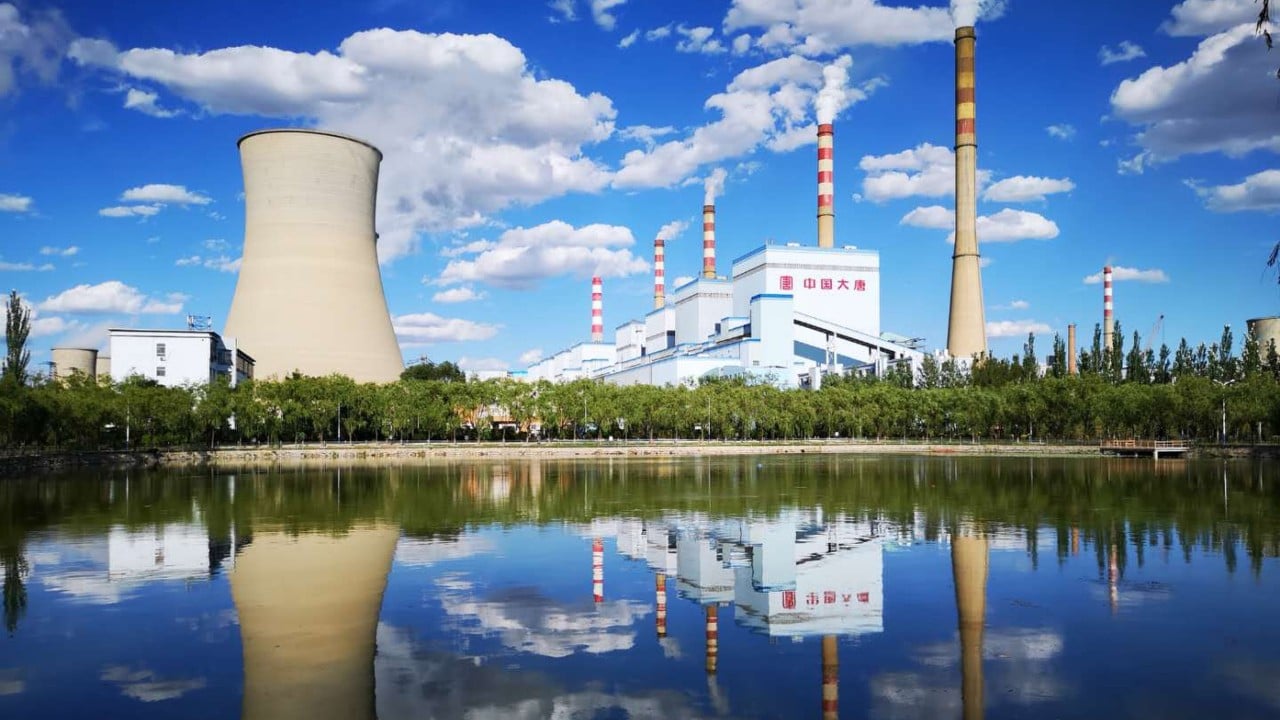In the first high-precision satellite mapping of carbon dioxide emissions from large international coal power plants, Chinese scientists have found that existing databases are underestimating discharges from facilities across the globe.
Advertisement
They include China’s Tuoketuo – the largest coal-fired power station in the world – and Alabama’s James H. Miller Jnr facility, the most polluting plant in the United States, according to a paper published on June 9 by the peer-reviewed Journal of Cleaner Production.
The optimised model for observing emissions through satellite data could offer a standardised way to monitor carbon emissions from power plants, which is currently lacking in global carbon accounting, the paper said.
The team, from the Chinese Academy of Sciences’ Aerospace Information Research Institute, said the study results indicated “significant potential” for the use of satellite remote sensing technology in estimating carbon dioxide emissions.
“This framework provides a high-precision methodology for global carbon inventory, enabling retrospective analysis of historical data to detect anomalous emission events,” the researchers said.
Advertisement
According to the paper, the satellite-based method could also have a role to play in the monitoring of emissions from other sources, such as oil and gas fields or steel plants.

